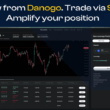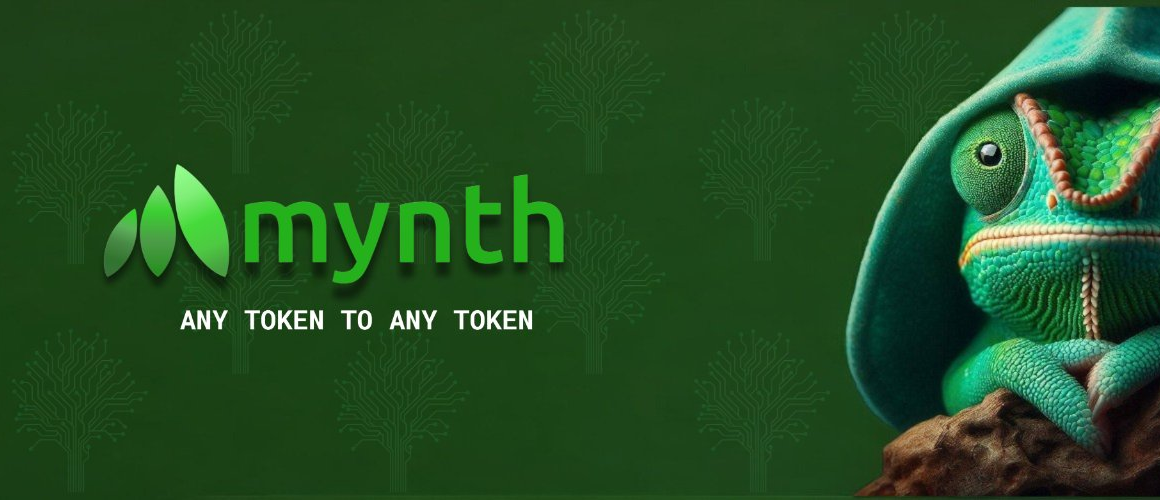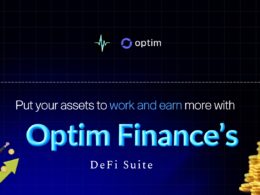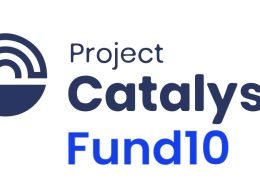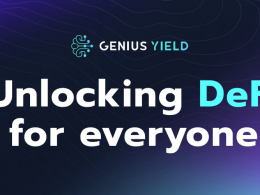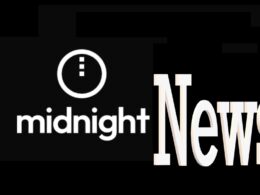Think about how fragmented the modern financial system is. With each country having its own economy and moving money between these systems can be challenging. When blockchain technology was introduced, the goal was to create a way to create a monetary system that’s accessible to everyone across the globe. However, what happened instead was the creation of new, isolated networks that made it difficult to move money between them.
For example, if you want to send money to someone living in another country, the traditional banking system provides some mechanisms for this, but they’re not equally accessible to everyone. The same issue exists in the blockchain world, where we often rely on custodians and centralized exchanges to facilitate transfers between networks. If you’re using Polygon and want to send money to someone using Ethereum, Solana, Bitcoin or any other network, you have limited options unless you use a centralized or custodial service.
This fragmented world is becoming more common, and it’s unlikely that a single network will dominate all others. Instead, we’re moving towards a future with various networks, each with its own economies, applications, and user bases. To solve the challenges associated with multiple networks and streamline movement of assets, Mynth comes in.
What is Mynth?
Mynth is a decentralized cross-chain protocol designed to facilitate seamless, trustless token swaps across multiple blockchain networks. By operating as a layer-zero infrastructure, Mynth enables users to transfer assets across chains without the need for centralized intermediaries, promoting a secure and non-custodial decentralized finance (DeFi) experience.
Mynth’s main goal is to unify the fragmented landscape of multiple isolated networks and create a cohesive framework that enables individuals to move their assets seamlessly between these networks.
Mynth offers a peer-to-peer, decentralized, and trustless method for transferring money between networks. When you want to send money from one network to another, you can submit a request through Mynth’s ecosystem. The primary advantage of using Mynth is that you don’t need to depend on any centralized individual or entity; instead, you can engage anyone within Mynth’s ecosystem. Anyone can participate and assist in facilitating these swaps among different networks, with no barriers or restrictions on who can participate. Some of the key features of Mynth include:
- Unparalleled interoperability: Mynth allows users to swap tokens across various networks in a trustless environment, enhancing the fluidity and accessibility of digital assets.
- Layer-zero infrastructure: Serving as foundational infrastructure, Mynth facilitates seamless transfers across blockchains, acting as a backbone for decentralized applications, wallets, and aggregators.
- Native utility token (MNT): Mynth’s native token, MNT, powers the Mynth ecosystem, playing a central role in network security, decentralization, governance, staking, and rewards. MNT is deflationary by design, featuring a built-in token buyback and burn mechanism funded by protocol fees.
How does Mynth Work?

When you want to swap a token from one form to another, you initiate a swap request and send your token into a smart contract with the intention of what the result should be. With the funds securely locked in that smart contract, another participant in the Mynth network can facilitate the actual swap based on your request. They will fulfill the request and send the token you are requesting to the intended destination. Once the swap is completed, you will have sent your token into the smart contract and received the desired token in a different network
On the other side, the facilitator who executed the swap will want to extract the funds from the smart contract. To do this, they will rely on Mynth’s Lizard network. A Lizard acts as a fact verifier that monitors external events, validates them, and submits proofs on-chain. The Lizard will verify that the seller on the other end did send the token from their wallet to the user’s intended destination. It will then submit this proof on-chain, allowing the smart contract to be unlocked so that the seller can extract the funds. The swap cycle is now completed.
Mynth aims to empower creators and decentralized application (dApp) developers to build on its platform, enabling end users to facilitate seamless swaps between different technological networks. Mynth doesn’t provide any front-end systems; instead, it offers a platform that allows others to create front-end systems that enable seamless interoperability.
Mynth has partnered with various front-end providers who offer these services to end users. This model encourages continuous development on Mynth and extends its reach beyond a single interface, including integration into wallets, websites, and other dApps to broaden its presence across different ecosystems.
How about Tokenomics?
MNT is Mynth’s utility token with a fixed total supply of 100,000,000. It’s used for paying service and node operators for offering Mynth services to the public and helping secure the platform. It also serves as a governance token for the Mynth DAO, allowing MNT holders to vote on decisions related to the platform’s development and governance. MNT is an unchained token, meaning it lives on many blockchains.
Fees collected by the protocol are used to buy back MNT from the market and then subsequently burned. As usage of the protocol grows, the amount of MNT burned also increases. Fees are applied to various protocol actions, such as swaps, transfers, and claiming of rewards
Service operators and partners can freely develop on top of Mynth to build extensive Cardano applications. These operators are responsible for charging fees to end users. Different operators may charge different fees depending on how much of a premium they believe their deployed service offers users. All fees are collected for the MNT buyback and burn program.
Partnerships and Ecosystem Integration
Mynth has established partnerships with notable entities in the blockchain space, including EMURGO, the founding entity of Cardano, and Immutable, a platform powering the next generation of web3 games. These collaborations aim to enhance blockchain interoperability and asset movement between ecosystems.
Worth a mention is Mynth’s latest collaboration with FortunaSwapDex, where they’re teaming up to build MynthSwap – the first cross-chain DEX that will use the Mynth Lizard network to seamlessly interconnect blockchains. According to the announcement made on X, the first route to go live is Base and Tron, two of the most fastest growing blockchains in the US and Asia respectively. MynthSwap will enable you to effortlessly transfer your USDC and USDT stablecoins between continents.
Mynth Initial DEX Offering (IDO) Details
Mynth’s highly anticipated IDO launched on 21st January, 2025, giving users multi-chain access to MNT. The IDO is accessible across nine different blockchains, including Arbitrum, Base, Binance Smart Chain (BSC), Cardano, Ethereum, Polygon, Solana, Ton, and Tron. Available on 4 launchpads – Axo, Fjord, GemPad, PinkSale – across 9 blockchains, purchasable using 6 native coins and USDC. IDO funds will support the creation of Protocol-Owned Liquidity in DEX liquidity pools, locked in the Mynth DAO Treasury for 12 months to ensure long-term market stability. These liquidity pools will launch 20% above the IDO token price.
Putting it all together
Looking ahead, Mynth plans to integrate with 25 networks by the end of 2025, supported by targeted marketing efforts tailored to each ecosystem. This expansion is intended to provide long-term value for MNT holders. Mynth is revolutionizing the way we move money between different blockchain networks. It’s breaking down the barriers that have traditionally hindered the movement of money between isolated networks. Through providing a decentralized, trustless, and peer-to-peer method for token swaps, there’s no doubt that Mynth will become a key player in the future of blockchain technology.



